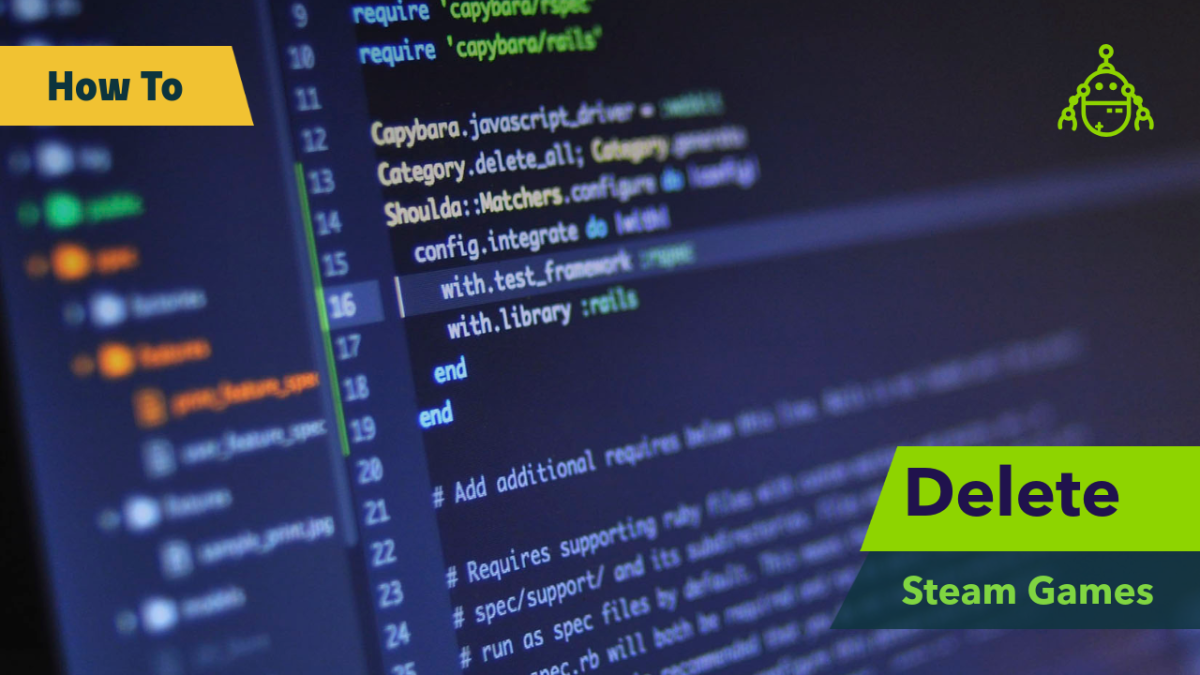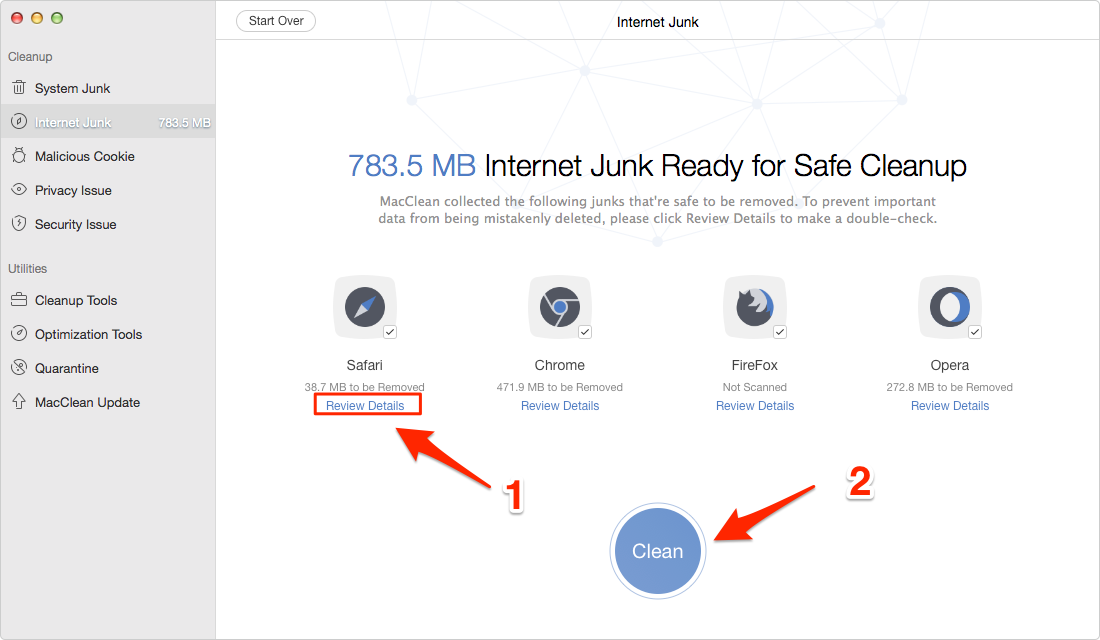Our resident Mac Help guru, Peter Cohen, previously told us about the 'Other' storage category on Mac computers and what it catalogs: In short, you're seeing space taken up by plug-ins, documents, and caches stored by OS X.
- How To Clean Up My Mac
- How To Clean Library Hard Drive On Mac Download
- How To Wipe A Mac Hard Drive
- How To Clean Library Hard Drive On Mac Drive
- How To Clean Library Hard Drive On Mac Pro
Mar 29, 2019 How to Clean Up/Speed up Your Mac. Macbooks, Mac Minis, and Mac desktops are amazing computing devices made by Apple. However, these aluminum powerhouses are no different than any other personal computer- they accumulate files over the. Feb 03, 2020 So, your Mac is running out of storage. You try to figure out what’s taking up your disk space by clicking the Apple logo on the top-left of the screen, selecting About This Mac, and hitting the Storage tab. To your surprise, you see a yellow bar representing “System” that seems to occupy way more space than you think it should. What Should You Clean Up 1. The first thing you need to clean up is cache. Those files are very cunning and can occupy up to 20 gigabytes of your hard disk. And there is one way of how to clean a Mac Book Pro cache manually: You need to follow this path first: Open the Finder → go to Library folder → Caches subfolder. Step 17: Drag and drop or copy and paste the iTunes from the parent folder to your external hard drive to backup your library. Backup iTunes to External Hard Drive on Mac. Having used your Mac for some time, you are likely to have several music files on your computer backing up your data is advisable. If you’re willing to dig into your iMac’s data a little, there’s no reason to buy additional software to help you clean up your hard drive. All you really need is the willpower to announce, “I simply don’t need this particular item any longer.” (Sometimes, that’s tougher than it. Here are some general tips to keep your Mac's hard drive trim and slim as possible. You should never, EVER let a conputer hard drive get completely full, EVER! With Macs and OS X, you shouldn't let the hard drive get below 15 GBs or less of free data space. If it does, it's time for some hard drive housecleaning.
It's worth noting that these files aren't normally harmful or wasteful to your computer's system; most are intended to help your Mac run efficiently, and ideally, you shouldn't ever have to clear out your Other files. Unfortunately, they can quickly clog up a computer low on storage — especially if you're storing a large number of iPhone or iPad backups.
Whether you're looking to free up space on your hard drive or just want to do some spring cleaning, here are some simple steps to get your Mac free and clear.
A note on what happened to 'Other' space in macOS Sierra and higher
When Apple added its storage management feature to macOS Sierra, called Optimize Storage, it reorganized what 'other' storage is and where it's located on the Mac. Much of it has been divided out through other categories so it's easier to find and remove.
The 100GB of Other storage I used to carry on my iMac is whittled down to just 5GB. You can still clean out old and unnecessary content from your Mac with macOS Sierra and High Sierra by using Optimized Storage. It's just a little easier to find those unused files than it was before.
A lot of the features of Optimized Storage remove content from your Mac and store them in iCloud. If you're concerned with how much storage you're using up in iCloud, you can customize or disable some Optimized Storage features to keep a balance between what's on your Mac and what's in iCloud.
What's this 'Purgeable' category all about?
If you check your system storage graph in macOS, you'll probably discover a category called Purgeable. This is part of Apple's Optimized Storage service. When you move your Documents into iCloud (part of the Store in iCloud component) and your hard drive gets low on storage, only recently opened files are kept on your Mac. Older documents are stored in iCloud, while a shortcut icon is kept on your Mac (files are automatically re-downloaded to your Mac as soon as you open them). The Purgeable files are what Optimized Storage will move to iCloud and delete from your hard drive only if your hard drive starts to get full. Purgeable files also include caches and temporary files that used to fit into the Other category, which will also be deleted as your hard drive starts to fill up.
Though your Other storage might have been spread out across categories in macOS Sierra and higher, you can still follow the below steps to manually clean up your Mac and get rid of unnecessary files.
How to check your storage space on your Mac
If you are concerned with how much storage space you have remaining on your Mac computer, you can check its usage folder to see how much space each category is taking up, including Other.
First, you should delete the app executable item and then remove its leftovers. Later, you will receive an answer by email asking whether you are sure you want to delete it. Usually, the account removal is done in stages.  First, it is blocked for a while, and then, after a certain period of time, it is completely removed from the system.3. How to uninstall Steam on Mac manuallyThe procedure for uninstalling Steam is the same as for any application on Mac.
First, it is blocked for a while, and then, after a certain period of time, it is completely removed from the system.3. How to uninstall Steam on Mac manuallyThe procedure for uninstalling Steam is the same as for any application on Mac.
- Click on your desktop or the Finder icon from the Dock.
- Select the Apple Menu icon in the upper left corner of the screen.
Click on About This Mac.
Select Storage.
Your Mac breaks down its storage categories as follows: Apps, Movies, Photos, Audio, Backups, and — that annoying, undescriptive category — Other.
How to remove cached files
How To Clean Up My Mac
Now that you know how much space your Other files are taking up, it's time to reduce their footprint on your Mac. You can start by removing items you don't need, including caches for your web browser, saved Apple Music streams, and photo previews.
A note on deleting cache folders: You only want to delete old and unnecessary files, as current cache files store your preferences. We strongly recommend only deleting cache files from old apps.
- Click on your desktop or select the Finder icon from the Dock.
- Select the Go menu in the upper left corner of the screen.
Click on Go to Folder.
Type ~/Library/caches into the text box. A list of caches from active apps will appear on your desktop.
- Select the app folder you wish to remove the cache from.
- Right-click (or control-click) on the app folder.
Select Move to Trash.
How to remove downloaded files
Chances are, your Downloads folder is stuffed with Other-type files, including installer packages, documents, and folders you have already made copies of somewhere else. If you want to make some room on your Mac, it may be time to clean out your Downloads folder.
- Click on your desktop or select the Finder icon from the Dock.
- Select the Go menu in the upper left corner of the screen.
Click on Downloads.
- Select the file you wish to remove.
- Right-click (or control-click) on the file.
Select Move to Trash.
If you want to save a file from the Downloads folder but don't want it clogging your drive, consider moving it to an external hard drive or flash drive, or uploading it to an online storage option like Dropbox.
How to delete old device backups in iTunes
If you tend to get new iOS devices fairly regularly, you may have unnecessary device backups stored on your computer via iTunes. Backups take up 4-5GB each, on average; there's no need to hold on to older device backups if you no longer have the device or have it stored in iCloud.
Third-party software that can help
While you don't need any third-party app to 'clean' your Mac, there are some very handy system access tools out there that make it easier to regularly remove unwanted files.
CleanMyMac 3
With CleanMyMac, you have easy access to a list of features that help you keep your Mac free of unnecessary junk. It scans your entire system and recommends files you should delete based on how old they are and whether they are considered unnecessary to your workflow. It's a lot like Apple's Optimized Storage, but with a few additional features. My favorite is the recommendation to delete all content related to an application. Sometimes, you'll end up with a couple of files left behind by an app when you delete it. CleanMyMac provides a one-button purge of everything associated with that app.
DaisyDisk
DaisyDisk scans your Mac and gives you a pie chart that makes it easy to see what files are using up the most space. You can identify files that are in the Other storage category and drag them to the delete box.
Oct 10, 2013 In the Previous iTunes Libraries folder should be a number of dated iTunes Library files. Take the most recent of these and copy it into the iTunes folder. Rename iTunes Library.itl as iTunes Library (Corrupt).itl and then rename the restored file as iTunes Library.itl. Start iTunes. Itunes library damaged fix mac pro. Repair damaged iTunes Library file. First, Locate your iTunes folder. Quit iTunes, and navigate to where the iTunes library file is located. It can be different locations. Backup the iTunes Library file. Remove the damaged database. Recreate new iTunes Library file. Oct 11, 2013 The file ‘iTunes library does not appear to be a valid iTunes library file. ITunes has attempted to recover your iTunes library and renamed this file to “iTunes Library (Damaged) 4”. Obviously, if you regard the number involved, this has happened before but this is the first time the library. Way1: Ultimate Tool to Fix Corrupted iTunes Library. Step 1 – Begin with launching the software after installing it. Now, connect your device to the PC. Step 2 – Select 'Fix iTunes Sync Problems' now and start repairing the problem. Step 3 – Now, wait for the repairing process to get completed.
How To Clean Library Hard Drive On Mac Download
Onyx

Onyx is a robust Mac system access tool that, in-part, can delete caches, logs, temporary items, and other files that find their way into the Other storage category.
Cocktail
Cocktail is another useful system access tool that you can use to clear caches, purge memory, and manage hidden Apple app settings, which might be automatically sending files into the Other category abyss.
Questions?
Still having trouble with Other? Let us know in the comments.
Updated June, 2018: Updated the section on deleting iPhone and iPad backups in iTunes to direct people to the article about doing that. The rest of these steps are still correct.
How To Wipe A Mac Hard Drive
macOS Catalina
Main
We may earn a commission for purchases using our links. Learn more.
Money well spentHow To Clean Library Hard Drive On Mac Drive
You can save the cost of a MacBook Air by buying a refurbished Mac Pro
How To Clean Library Hard Drive On Mac Pro
Apple's current Mac Pro is now available as a refurbished item from apple.com.